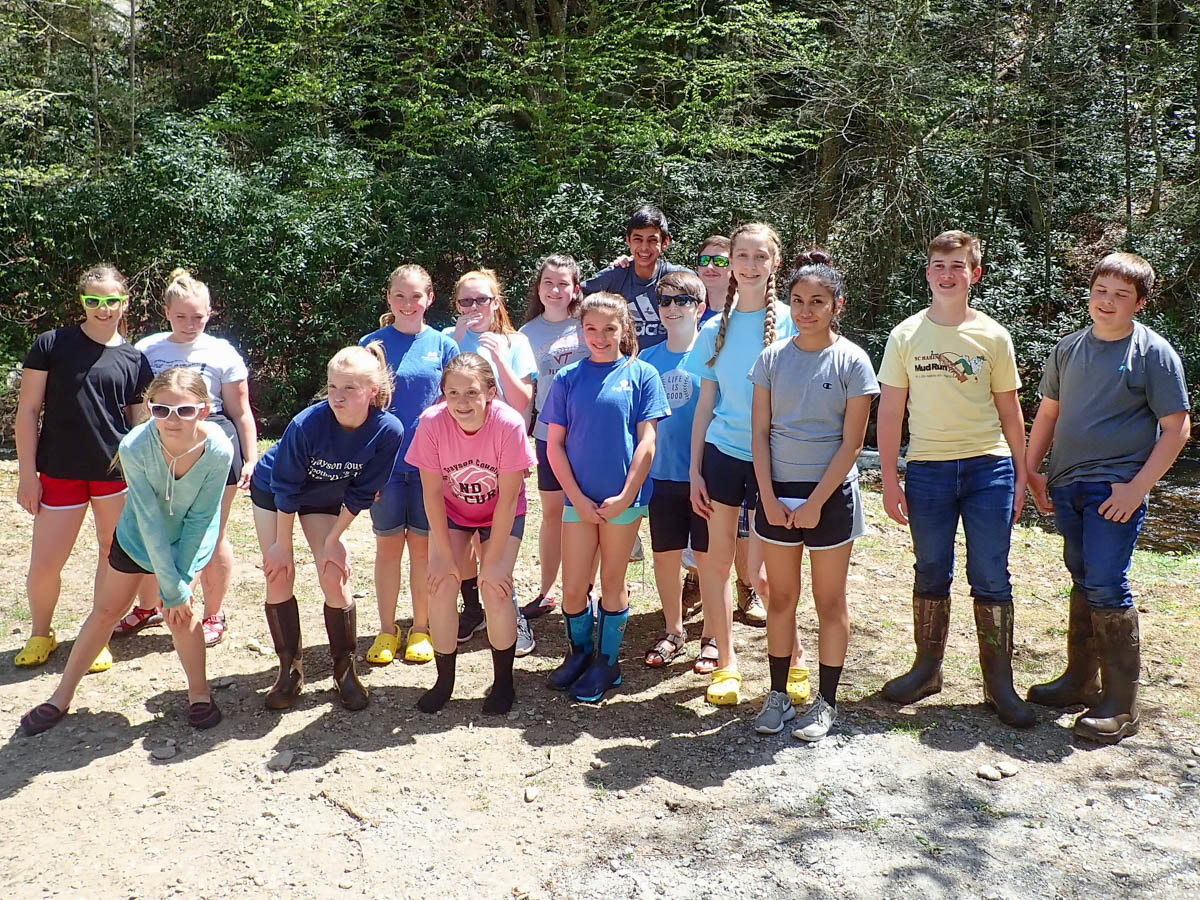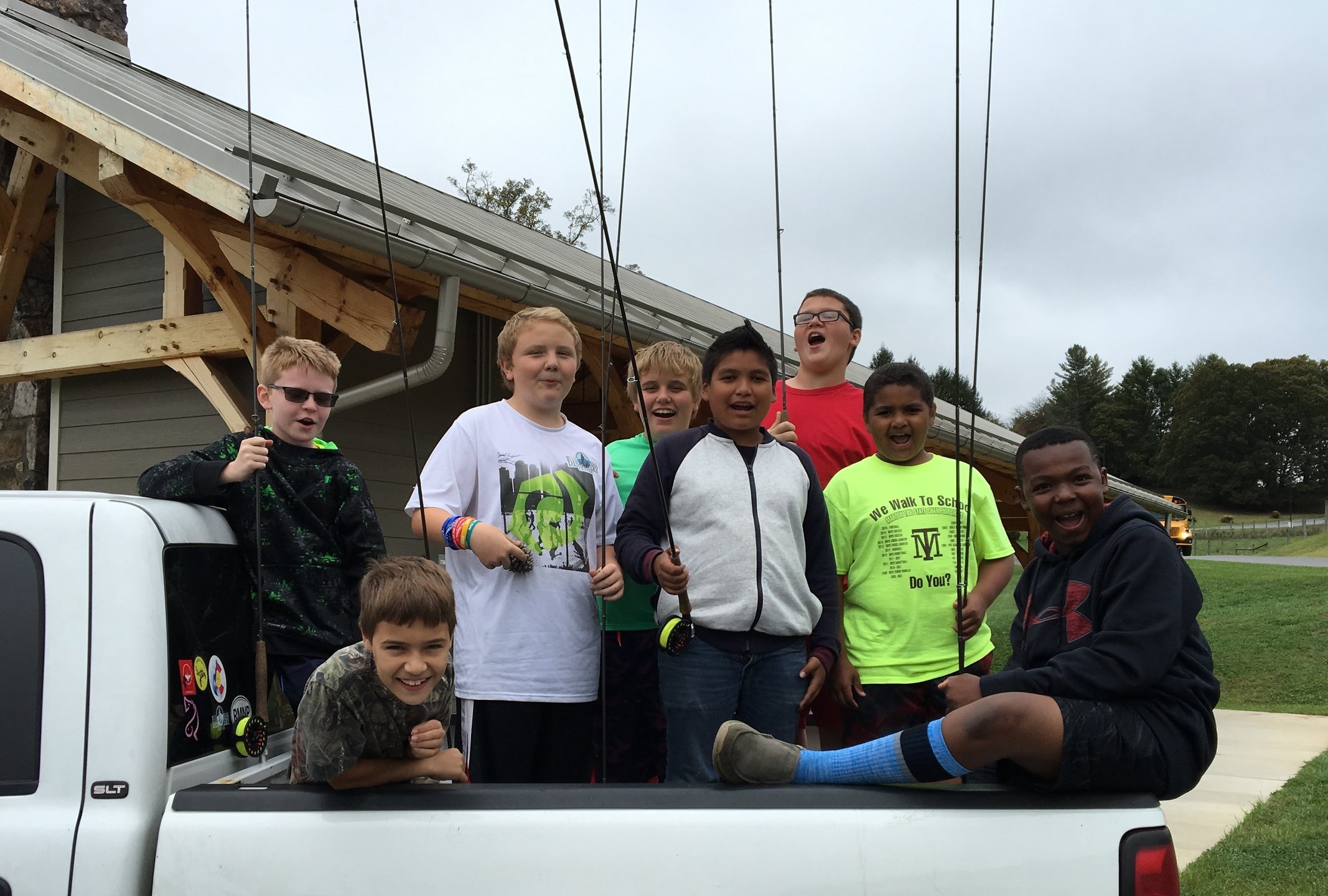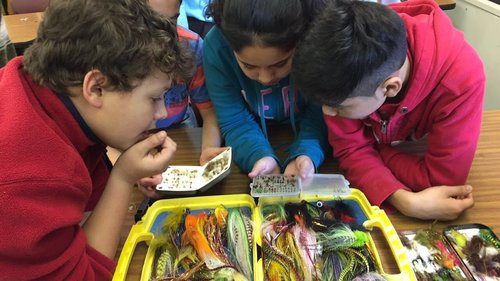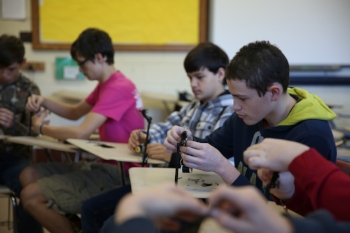

Trout in the Classroom
Release day is a big deal for students as they set free nearly 100 tiny brook trout after watching and caring for them over the span of an entire school year

The Trout Population has Increased in Wilson Creek
Last week was absolutely beautiful and we couldn't have had a better time on Wilson Creek in Grayson County as the 7th grade students of Independence Middle and Grayson Highlands Schools and the 5th grade students of Piney Creek Elementary School released their trout.

Fly Fishing during Galax Intersession
Nine eager young fellas joined BRDC for the week to learn all about fly fishing

Learning about Amphibians & Aquatic Insects
BRDC has been busy with education programs, working with Galax Middle School, Fries School, Fairview Elementary, Grayson Highlands, Independence Elementary.
Grayson County's fourth grade students participated in the Natural Heritage Program with an emphasis on salamanders, toads, and frogs. Students learned about salamanders commonly found in the Blue Ridge.

Fly Fishing in School?
National Fishing in Schools Program is a nationwide, in school program that teaches a positive lifetime activity to students.

Fries School Investigates the New River
Fries School joins Blue Ridge Discovery Center's staff for a day of Aquatic Adventure.

MEGALOPTERA!
In recent news you may have seen that the largest aquatic insect in the world was recently discovered in China: Scientific American. At first glance this is a rather frightening foreign creature, but did you know that it's equally intimidating cousin lives right here in the Blue Ridge Mountains?

Grayson Highlands School and Grayson Highlands State Park go fishing...
On June 12th, Blue Ridge Discovery Center's Roald Kirby and Scott Jackson-Ricketts assisted the school and park on a fishing expedition at Cabin Creek, in the park. This was not planned by BRDC, but we were happy to bring our Fish Bugs program in support of the event.